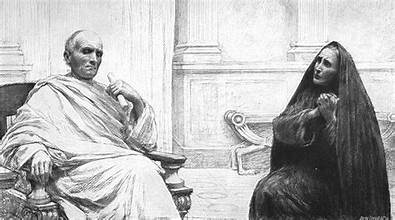Thomas’ humanity is moving. One is truly human when one is capable of taking experience seriously.
In this sense, Thomas is perfectly right to demand that he too will only believe if he can “touch” like the other disciples: “Unless I see the nail marks in his hands and put my finger into the nail marks and put my hand into his side, I will not believe” (John 20:25).
But we are fully human not only when we take experience seriously, but above all when we understand that the heart of experience is based on a fundamental trust and not on convincing reasoning or incontrovertible proof.
That is, we can only experience something if we are first willing to trust, to believe in something even before it becomes a direct experience. Only if I trust that there is something beautiful outside the door will I get up, go to the door, and open it.
If I don’t believe that there is anything beautiful outside a door, I will think it is rather stupid and trivial to go and open it. To believe is to place trust in someone even before it becomes direct experience, living experience, “touch.”
It is the belief that disposes us to the experience of Jesus.
And those who live this way are blessed, because they are free from the logic of anxiety that animates all those who, trusting nothing and no one, live hostage to collections of evidence about everything (love, friends, children, work, personal esteem), and tie the well-being of their lives only to measuring this.
Instead, we must live by always investing with great trust in what we cannot see, or at least in what we cannot yet see. And while it is true that this attitude does not protect us from disappointment, it is certain that this attitude also disposes us to welcome what matters in life.
If you need proof that God loves you, I say try living as if He does, and you will also have proof.
This is not wishful thinking; it is the realism of those who stop living on the defensive, and that is why they realize it.
(The image accompanying this post is the painting “The Incredulity of Saint Thomas” by Michelangelo Merisi da Caravaggio).


